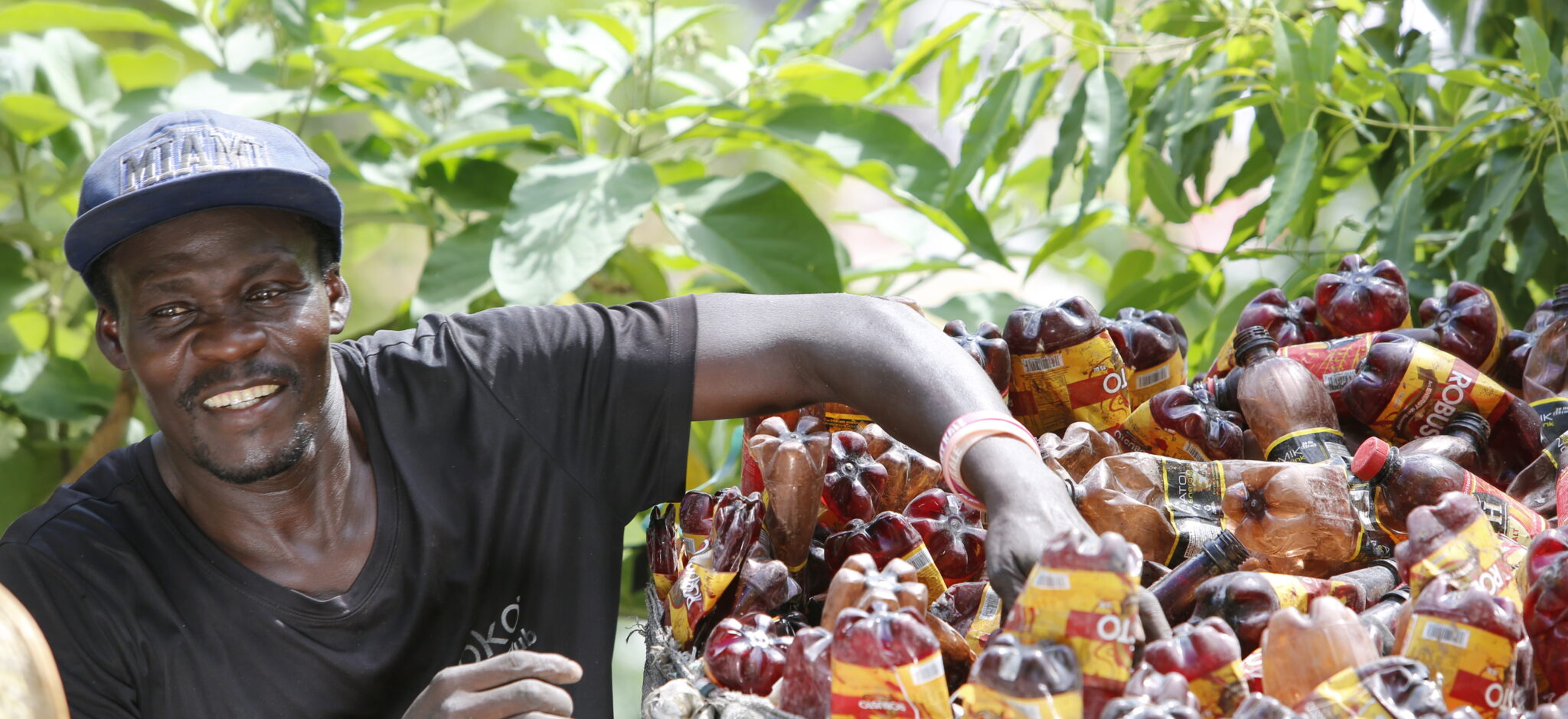As the poorest country in the Western Hemisphere, Haiti has limited infrastructure or access to clean water. The population relies mostly on water from plastic bottles. The Caribbean nation struggles with empty bottles littering the countryside and the environmental risk that those plastics may be headed for the ocean.
Embeds for YouTube: No video/playlist ID has been supplied
Courtesy of HP incEnvironmental, Economic and Social Benefits
Lavergne’s Haiti project helps divert those ocean-bound plastics and prepares them for re-use as high-end technology parts. The project also creates economic and educational opportunities throughout Haiti’s local communities.
Launched in 2016, the project was designed to:
- Improve the working conditions of Haitians collecting bottles
- Create new economic and educational opportunities in local communities
- Provide good jobs and skills training for those working in the landfill
“Our Haiti project has economic, environmental and social benefits,” said Jean-Luc Lavergne, CEO. “We’re diverting plastics from the ocean, creating new jobs, and helping build communities. When you’re helping the environment, economy and people, you know you’ve hit on something great.”


